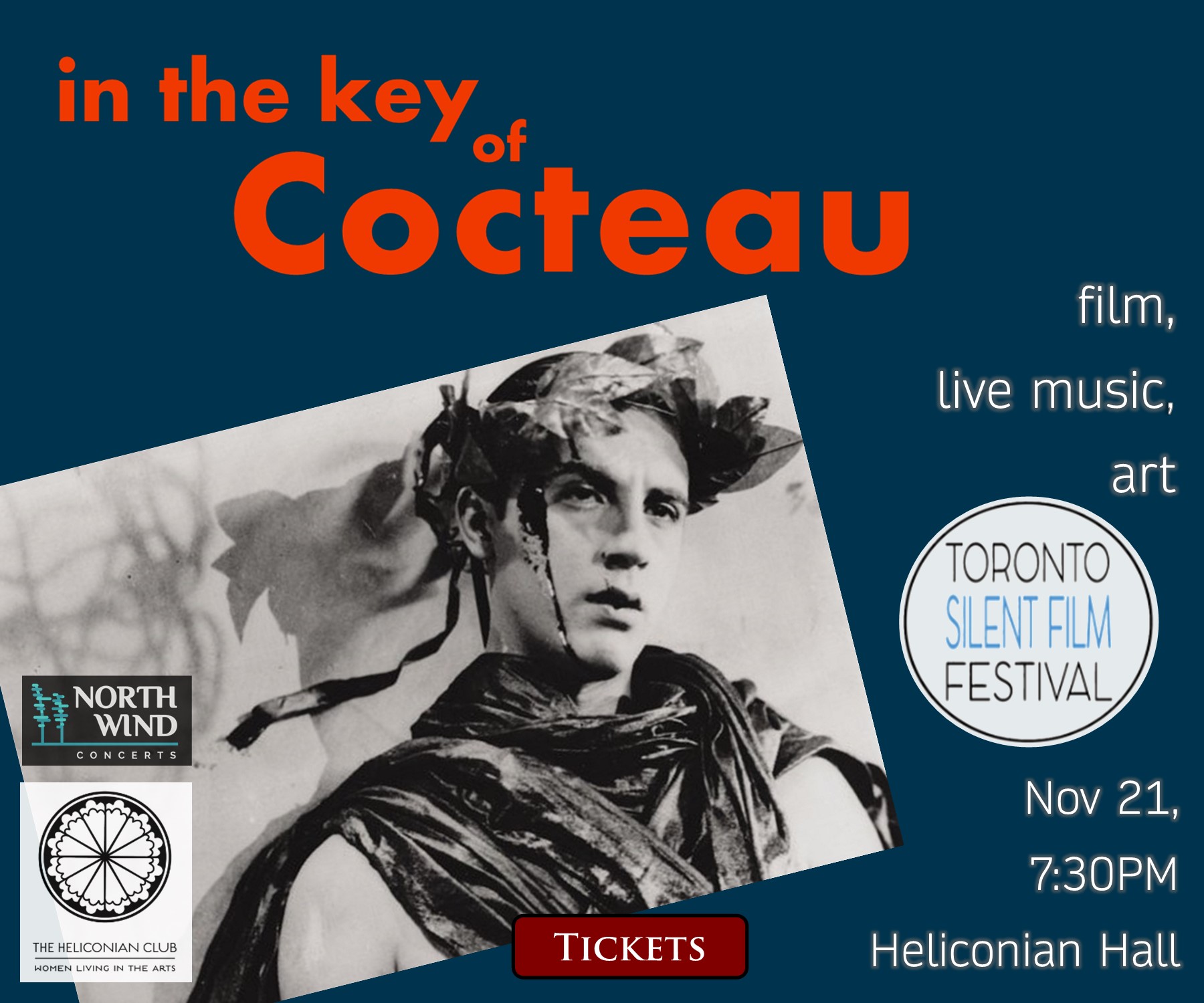Chicago Clarinet Classics - John Bruce Yen; Patrick Godon; Teresa Reilly
 Chicago Clarinet Classics
Chicago Clarinet Classics
John Bruce Yen; Patrick Godon; Teresa Reilly
Cedille CDR 90000 218 (cedillerecords.org)
Clarinetist John Bruce Yeh is that rare member of the profession: a veteran enthusiast. Having played in one or another capacity as a member of the Chicago Symphony clarinet section since 1977, many of those years as assistant principal, he still found motivation to curate this entertaining and interesting collection of modern to contemporary works for clarinet: with piano, unaccompanied, and in one delightful segment, a duet. All the composers are or were, at one point in their lives, situated in Chicago.
Best known, most often performed, and possibly the most well-crafted work presented is Time Pieces Op.43 by Robert Muczynski, which is the closing bookend on the disc; the opener is Alexander Tcherepnin’s Sonata in one movement, as obscure as the Muczynski is familiar. The material in between is of varied interest. Pride of place is occupied by neo-Romantic Leo Sowerby’s Sonata for Clarinet and Piano H240a (1938). The piece lasts even longer than the title might suggest. It’s how Healey Willan might have written had he lived in Chicago instead of Toronto. Beautiful, if long-winded. In these three, Patrick Godon works wonders at the piano and has effortless musical rapport with Yeh.
Most interesting are the shorter contemporary works: Phoenix Rising by Stacy Garrop, Spirit by Shulamit Ran, both unaccompanied; and especially The Forgiveness Train for two clarinets by Teresa Reilly. Reilly supplies the other voice in her piece, which when it isn’t busy doing very cool things with bends and microtonal slides could almost be an homage to Francis Poulenc’s youthful duet from a century before; I can’t tell whether Reilly wrote one part for B-flat and the other for A clarinet, as Poulenc did. Her notes in the liner make no mention of the earlier work, so I may be imagining things. Anyway, it’s a confident work from someone who by her own admission received no formal training as a composer.







